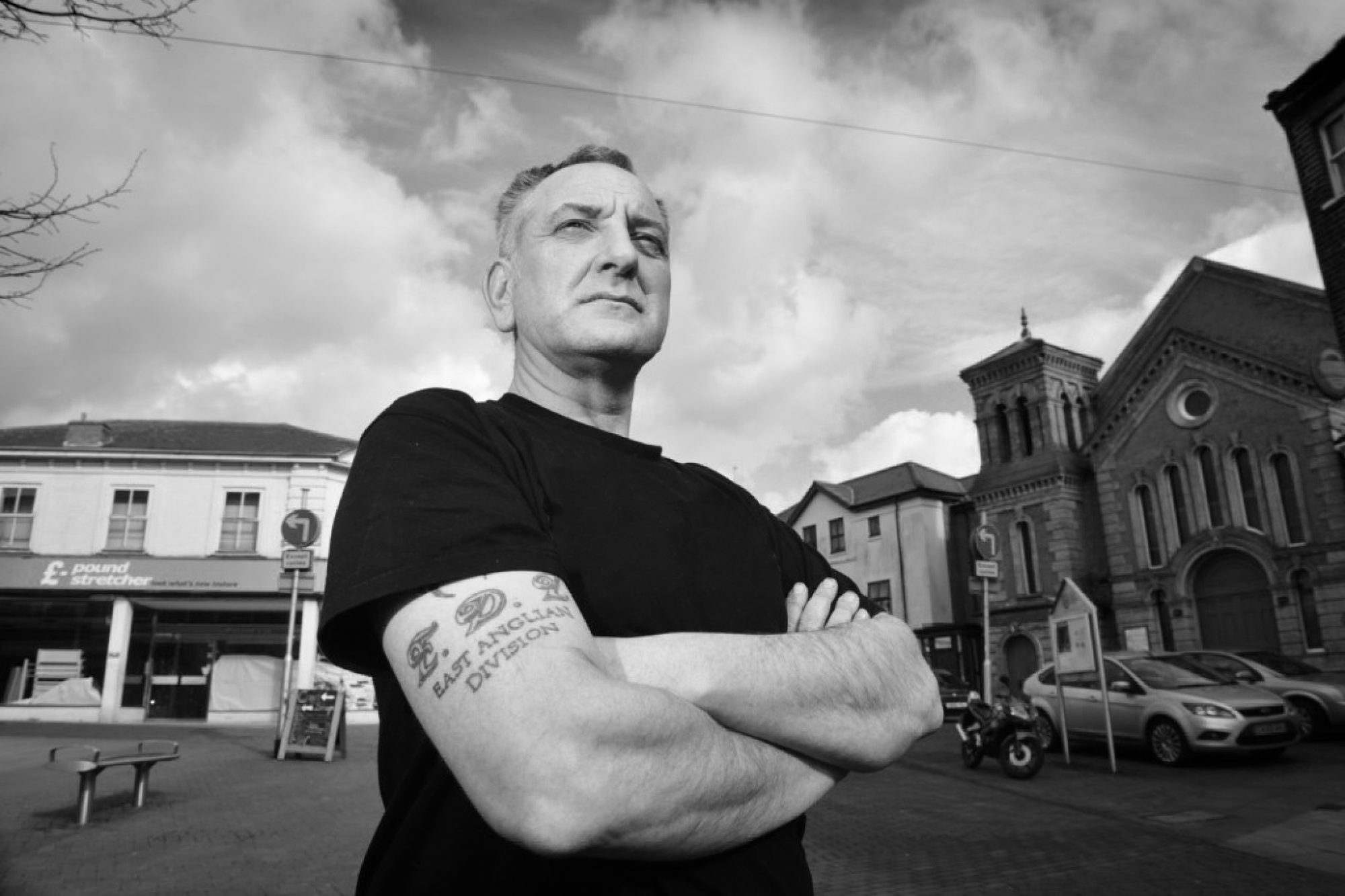Today marks a solemn occasion as we commemorate the 20th anniversary of the 7/7 London bombings—an event that remains deeply etched in the memory of our nation. On this day, we pause to remember the 52 innocent lives tragically lost and the many more affected by the devastating attacks that took place on 7 July 2005.
The coordinated suicide bombings targeted London’s public transport system during the morning rush hour, with explosions on three London Underground trains and a double-decker bus. The impact was immediate and far-reaching, leaving communities shaken and families changed forever.
In the years that followed, I must admit with deep regret that I used this horrific event to further an anti-Muslim narrative. Driven by anger and ignorance, I channelled my energy into hatred, not once truly considering the individual stories of those who had suffered, nor the feelings of the victims’ families. I saw the attacks only through a political lens, using them to justify prejudice rather than seeking understanding or empathy.
That changed when I began working with local screenwriter John Hales on a play titled The Response, which was performed at the Seagull Theatre a few years ago. During that project, I had the privilege of meeting Dan Biddle—the most severely injured survivor of the 7/7 bombings. Listening to Dan’s story was a turning point for me. His honesty, his pain, and his strength broke through the barriers I had built. As he spoke, I felt tears in my eyes. For the first time, I truly grasped the human cost of that day—not just the statistics or headlines, but the lifelong impact on real people and their loved ones.
Meeting Dan made me realise just how wrong I had been. My previous rhetoric had not only fuelled division but had also dishonoured the memory and suffering of those affected. I had failed to see the human side of the tragedy until I was faced with it directly.
As we mark this anniversary, I reflect with sorrow on my past mindset, and with gratitude for the opportunity to grow and change. It is a time not only to mourn but also to listen, to learn, and to stand in solidarity with those who continue to live with the consequences of that terrible day.
To the survivors, the bereaved families, and all who carry the pain of 7/7 in their hearts. please know that I now carry your stories with me, with respect and humility. May this anniversary remind us all of the importance of compassion over hatred, of unity over division, and of choosing peace in the face of tragedy.
@Newdaystarts




